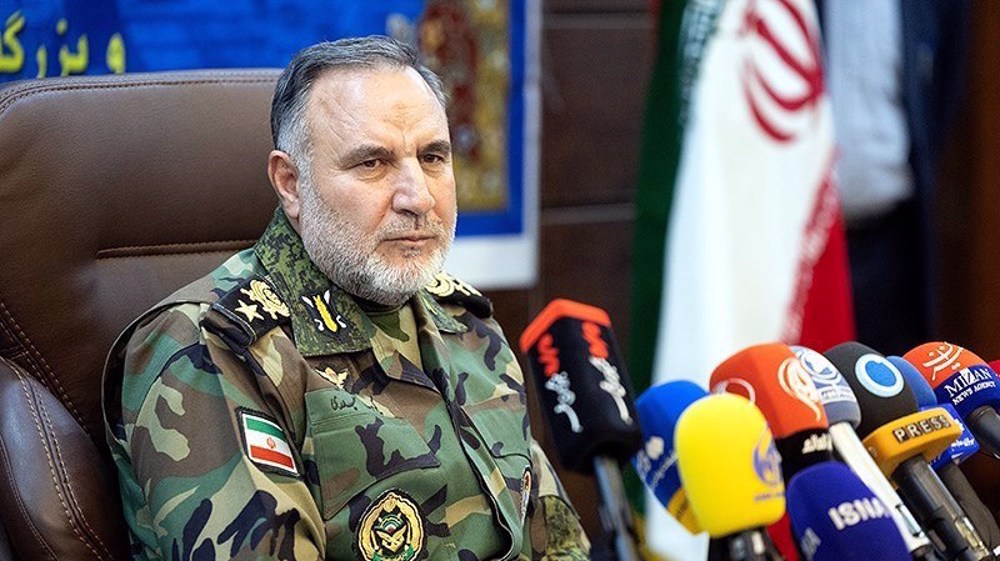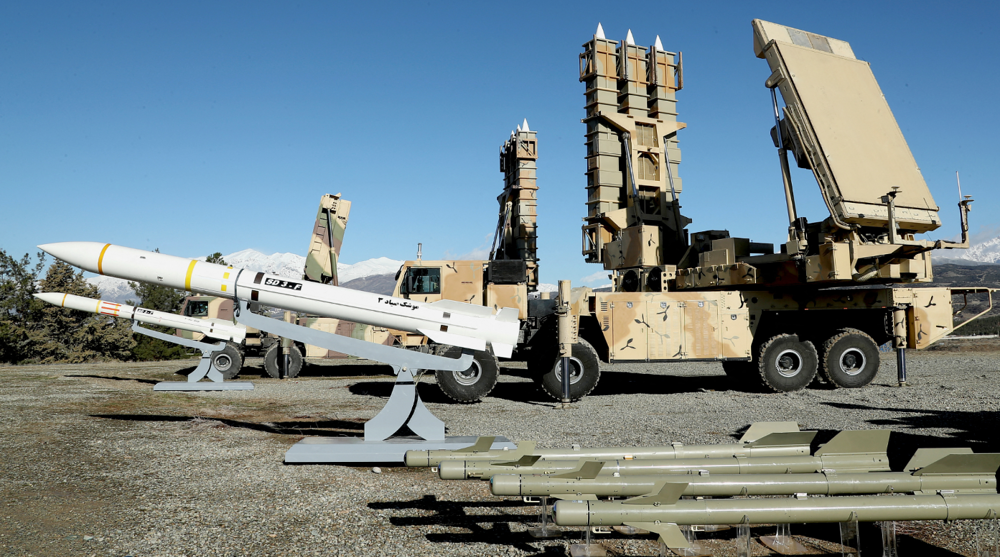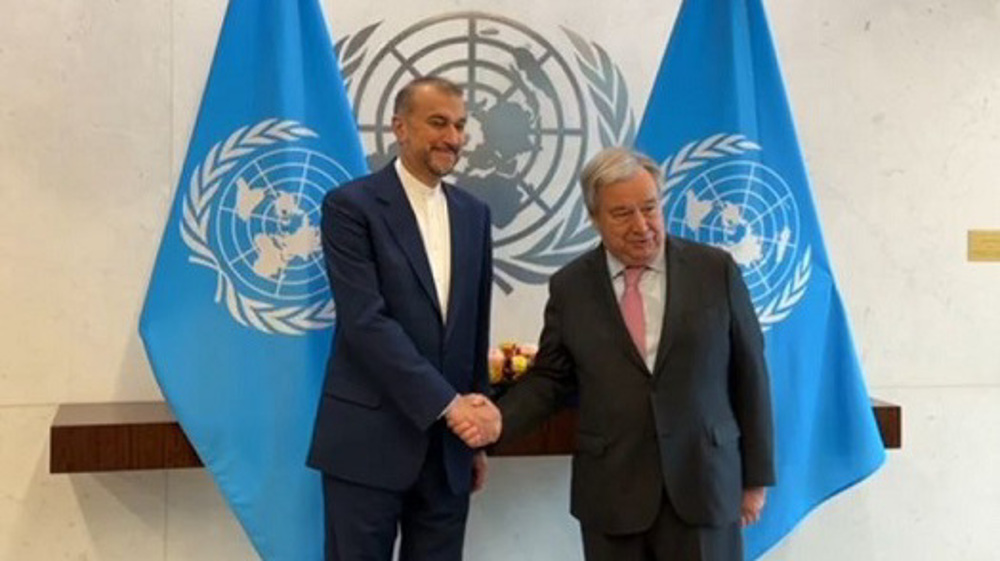Zarif reacts to US B-52s: We do not shy away from crushing aggressors
Iran’s foreign minister has reacted to recent overflights by US strategic B-52H bomber planes, noting that the Iranian nation will never be intimidated by such shows of force.
Mohammad Javad Zarif made the remarks in a tweet on Sunday, emphasizing that Iranians are not a belligerent nation and “have not started a war in over 200 years.”
“We don’t shy [away] from crushing aggressors,” Iran’s foreign minister, however, added.
Zarif also advised the administration of the outgoing US President Donald Trump not to waste the American taxpayers’ money on such empty moves, saying, “You should have spent those $billions on your taxpayers' health,” in a clear allusion to grave situation of the United States in terms of controlling the deadly COVID-19 pandemic, which has so far claimed hundreds of thousands of American lives.
.@Potus : If your B-52H “Presence Patrols” are meant to intimidate or warn Iran, you should have spent those $billions on your taxpayers' health.
— Javad Zarif (@JZarif) January 17, 2021
While we have not started a war in over 200 years, we don’t shy from crushing aggressors. Just ask your BFFs who supported Saddam. pic.twitter.com/3OqNVY47dW
Zarif’s tweet came hours after the US Central Command announced that the B-52H “Stratofortress” aircrews conducted a “presence patrol” in the Middle East on Sunday to mark the second such mission in 2021.
“Bomber Task Force missions are observable ways to demonstrate the US military's continuing commitment to regional security,” US Central Command’s Commander Gen. Frank McKenzie claimed in a Sunday statement.
Last week, the US and Saudi Arabia concluded joint war games, with Saudi F-15SE warplanes flying besides American B-52 bombers and F-16 fighters.
The Saudi air force, the Royal Saudi Naval Force, the US Navy, the US Coast Guard and the US Air Force conducted joint air operations in the Persian Gulf between December 17 and 18 last year.
In response to such provocative moves, Iran’s Islamic Revolution Guards Corps conducted two-days of major drills codenamed the Great Prophet 15, in central Iran, in which it tests its latest ballistic missiles and combat drones.
The first round of the drills, codenamed the Great Prophet 15, was held with mass launches of ballistic ground-to-ground missiles and operations by combat bomber drones.
During the second day of maneuvers, Iran's home-grown ballistic missiles destroyed mock enemy warships with pinpoint accuracy, hundreds of kilometers away, in the northern Indian Ocean.
Iran's top military commander, Major General Mohammad Baqeri, described the launch of ballistic missiles to destroy the hypothetical enemy’s warships from a distance of 1,800 kilometers as "meaningful," warning enemies against threats to Iran’s national interests.
“Choosing a barrage of long-range missiles against naval targets illustrates that if the enemies of the Islamic Republic have ill intentions against our national interests, maritime trade routes, and territory, they will come under missile strike and will be destroyed,” he stated.
On the same day, Fox News reported that long-range missiles launched by the Iranian forces landed 100 miles from the Nimitz aircraft carrier strike group belonging to the United States.
“At least two Iranian ballistic missiles exploded on impact when they hit the ocean, sending shards of debris in all directions,” claimed the report.
VIDEO | Iranians hold nationwide demos in support of IRGC
Syria condemns US veto of Palestine UN membership resolution
Iraqi resistance forces hit Israeli Ovda air base
Hackers break into Israeli military’s computers, access trove of documents
Tulkarm Brigade commander killed by Israeli forces in raid on refugee camp
Zionist media desperately trying to turn Israeli defeat into victory: Iran
VIDEO | Press TV's news headlines
Iran censures US veto of Palestinian request for full UN membership

















 This makes it easy to access the Press TV website
This makes it easy to access the Press TV website